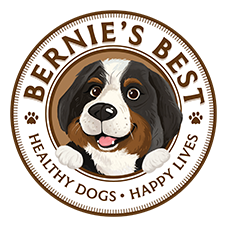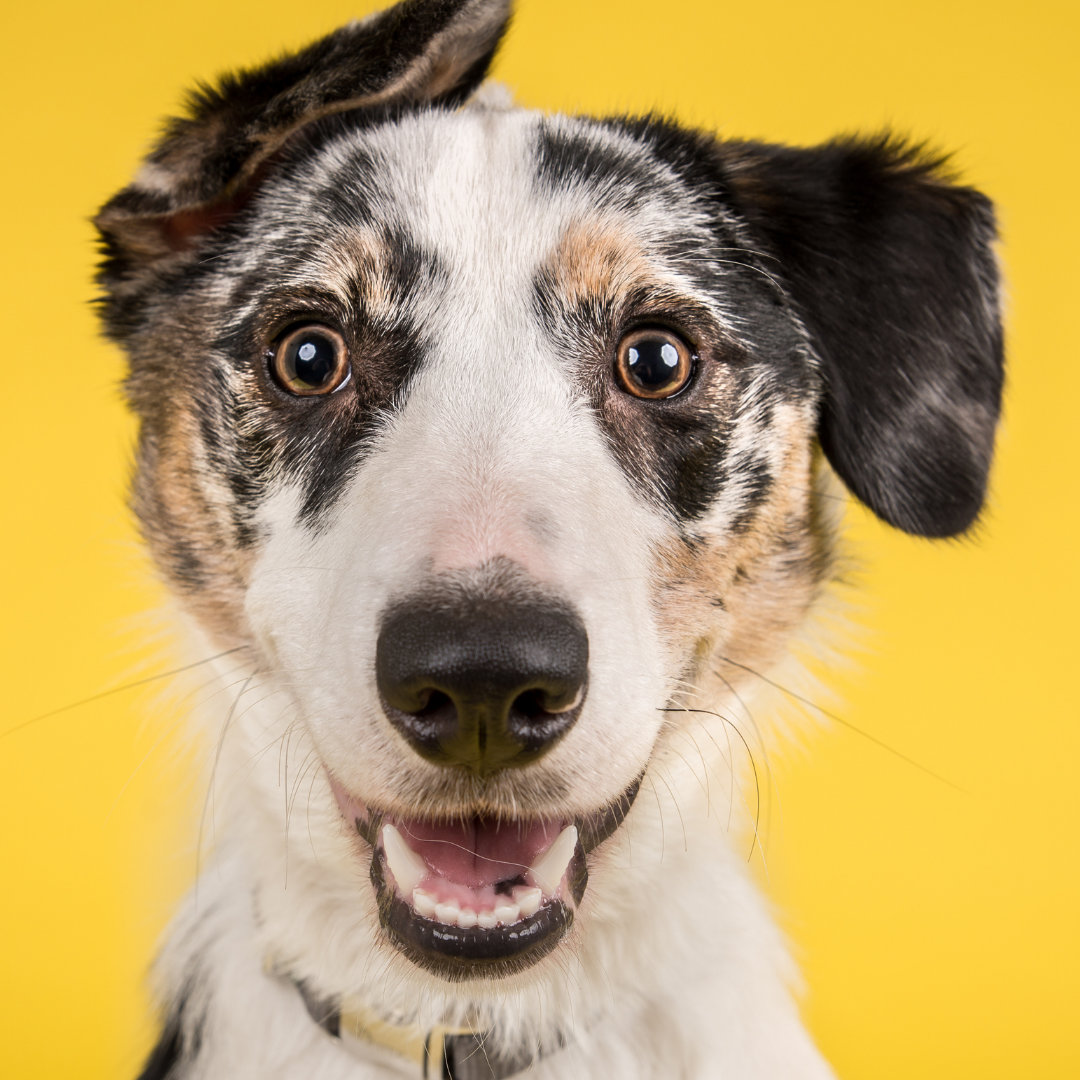On January 29, 2021, the oldest guide dog school in the world will turn 92! Not looking a day over 1929 (when it was founded), the school helped enhance the independence and dignity of people who are visually impaired. The Morristown, New Jersey facility paved the way for those with visual and auditory disabilities, and this week, we honor Buddy, the first Seeing Eye Dog. His pioneering efforts have made tremendous strides for many all across the world.
We sometimes take our dog’s eyes for granted, though, don’t we? We are often awed at the crazy things they can see (and we can’t) and we laugh at the things we don’t think they see (sometimes like a cartoon dog on television) but they can.
Just as important to them as our eyes are to us, there are a few things we can do to make sure our dog’s eye health is in tip-top shape. Otherwise, how could they boss us around woo us with those puppy dog eyes?
Dog eye health: What should I know?
Our dog’s eyes are just as sensitive as ours and prone to similar issues. Here are a few:
Corneal damage—Your dog may be trying to satisfy an itch and scratch his eye instead. Or be running through the woods to get that squirrel and get poked by a branch. Even digging can get dirt or debris in their eye and cause corneal damage. If you notice redness and excessive tearing, or your dog constantly pawing at it, you should have your vet take a look.
Dry eye—Dogs get dry eyes just like we do. It’s called Keratoconjunctivitis Sicca (Gesundheit!) and it’s basically a condition where your dog’s eyes tear glands just don’t produce enough tears. This means they won’t be able to clean your dog’s eyes of debris or dirt that they may come across and result in scratches and ulcers.
Pink eye—Along the same vein, there’s Conjunctivitis…AKA Pink Eye. Just like in humans, it can be bacterial or viral (if bacterial, may likely need an antibiotic) and can even be a reaction from allergies. Symptoms are similar to humans–redness, inflammation and gooey eye discharge.
Glaucoma—When the fluid in your dog’s eye won’t drain properly, pressure inside his eyeball can build. This is called glaucoma and it can be painful and lead to blindness. It’s prevalent in some breeds like Poodles, Chows and Cocker Spaniels, and may require surgery if severe.
Cataracts—As dogs get older, they too tend to get cataracts. If your dog’s eyes start looking cloudy or white, it may be cataracts that will impair their vision and even lead to blindness. Cataracts may also be a sign of canine diabetes, and you’ll want your vet to look at them.
Cherry eye—Fun fact: Dogs have three eyelids! The third eyelid is most often hidden in the inner corner of their eyelids. But, if the ligaments that help keep it in place (and out of sight) are weak, it may look like a red cherry coming out of your dog’s eye. Breeds like Bulldogs, Beagles, Shih Tzus, Cocker Spaniels and Bloodhounds tend to have it more and it typically needs surgery to repair.
Masses on eyelids–Most often, masses (bumps) on your dog’s eyelid are not malignant cancers, but they need to be checked out. They can also be caused by benign tumors or cysts and may or may not need surgery.
How to keep dog eyes healthy?
The best way to keep your dog’s eyes healthy is to keep HIM healthy.
Of course, you want to make sure that you keep his eyes clean and debris free. You want to keep him inside the car when the windows are rolled down (much to their dismay) so you protect their eyes. You want to keep them groomed, and keep the things they play with and come in contact with germ-free.
But the best way to keep your dog’s eyes healthy (and the rest of him too) is to ensure his health. You can do this in the most basic of ways: good nutrition.
It’s not just carrots that promote good eye health (though Bugs Bunny may argue). There are several other foods that you can give your dog to keep him Eagle-Eyed! According to Animal Wellness Magazine, they are:
Blueberries: Rich in lutein and zeaxanthin (eye-healthy carotenoids), as well nutrients that help prevent macular degeneration and support night-vision.
Broccoli: Another source of lutein, zeaxanthin and beta-carotene.
Carrots: Loved for eye health because they’re super sources of Vitamin A, B, C, D, E and K (a fifth of the alphabet!), betacarotene, riboflavin, calcium, niacin, potassium, phosphorus, sodium, iron, magnesium, manganese, sulfur, copper, iodine and lycopene. Oh, and lutein. WHEW!
Fish: Cold-water fish like salmon, cod, tuna and krill are high in Omega-3s EPA and DHA. These promote cellular health, as well, which promotes overall health.
Eggs: There’s lutein in egg-yolk, again, reducing the risk of macular degeneration in dogs.
Garlic: Key to producing glutathione. Glutathione is an important protein that is an antioxidant for the lens of your dog’s eye.
Kale: Great source of betacarotene, lutein and zeaxanthin.
Pumpkin: Pumpkin is plump with carotenoids like beta-carotene. These help neutralize free radicals at a cellular level in your dog.
Sweet potatoes: Also packed with betacarotene as well as antioxidant and anti-inflammatory anthocyanin.
Tomatoes: Tomatoes have lycopene and lutein, both help protect your dog’s eyes from sun damage.
When good nutrition goes bad
While you may make it a point to give your dog these foods and others that promote good health, if you don’t focus on ensuring his gut is healthy, it could be for naught. If your dog isn’t absorbing the nutrients from these foods and the others you give him, he’s not going to have a healthy microbiome. The advantages of these foods will be lost all the way down to a cellular level simply because of poor nutrient absorption.
You see, you can give your dog the best, but if his digestive system isn’t prepared to take all the nutrients where they need to go, he’s not going to get the full benefit. That’s why Bernie’s Perfect Poop combines all the supplements your dog needs for maximum absorption. A high-quality fiber supplement like the Miscanthus Grass Bernie’s uses will ensure the food your dog eats goes through his digestive tract at just the speed it should for absorption. The enzymes Bernie’s includes help your dog break his food down into prime nutrient absorption bites, and the pre- and probiotics in Bernie’s help keep his gut in the best shape it can be. This means he’s at less risk for disease and illness, including disease and illness of the eyes.
Taking care of your dog’s peepers couldn’t be easier than doing so with Bernie’s Perfect Poop. A daily supplement ensures his best nutrition, and that means his best life. And that’s what we all want our dogs to see every day!


